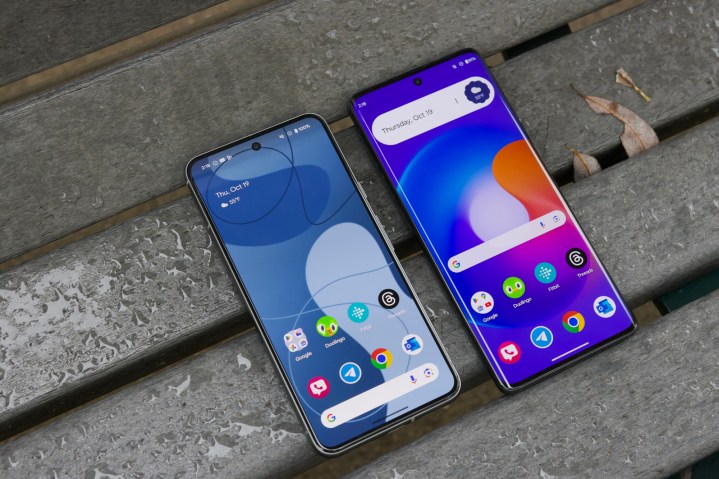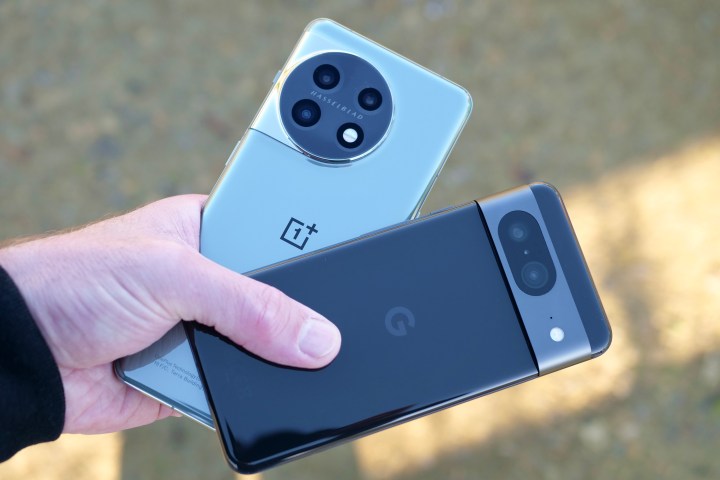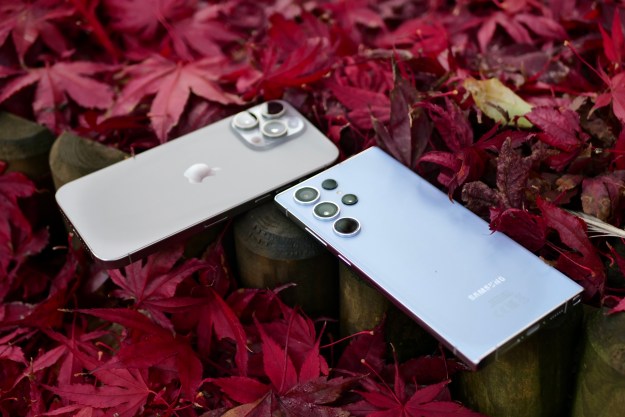
When you’re in an emergency, every second matters. And if you already have your health information on your phone, it’s going to be even easier than ever to get that critical information over to operators. Now, when you make an emergency call on your Android phone, your health information can be sent directly to emergency services when you call 911.
This new feature update is made possible due to Google partnering with RapidSOS to allow data from Android ELS (Emergency Location Service) to be given to emergency contacts and first responders. The type of data that we’re talking about is critical medical information that can save your life, such as blood type, emergency contacts, and severe allergies. This is all information that the user sets up and is stored locally on their Android device.
RapidSOS goes into more detail in a blog post:
“Today, RapidSOS is excited to share that we are expanding our support for Android ELS to allow emergency responders using RapidSOS to get critical medical info and emergency contact data sent directly from Android devices. Depending on what users share, this information may include caller name, allergies, medications, preexisting conditions, emergency contacts, and more.”
You will need Android 12 or later to see this new opt-in option for medical information sharing. The emergency data can be sent either when calling or sending an SMS message to emergency numbers.

The way to enable this feature may differ among Android phones. On Google Pixel devices — like the Pixel 8 or Pixel 8 Pro — it can be found in the Personal Safety app. With other phones, such as Samsung devices, it will vary; you can try the Google Personal Safety app if you have it or other similar apps from the manufacturer.
If you do have the Personal Safety app, simply go to Your Info > Emergency Access > Share during emergency call.
It’s great to see Android finally get this feature because it can really save your life when you need it. Apple has already been doing this in the past few years with Medical ID, where your information can be shared with emergency first responders on a call (in the U.S. and Canada), and they can view it on the lock screen of your iPhone and Apple Watch.
Editors' Recommendations
- Android 15 release date: When will my phone get the update?
- A surprise phone just beat the Galaxy S24 Ultra in a big way
- Can you take a picture of the solar eclipse with your phone? Here’s how to do it
- Motorola’s new Android phone looks amazing, but there’s a catch
- An Android phone you haven’t heard of just won the charging game



